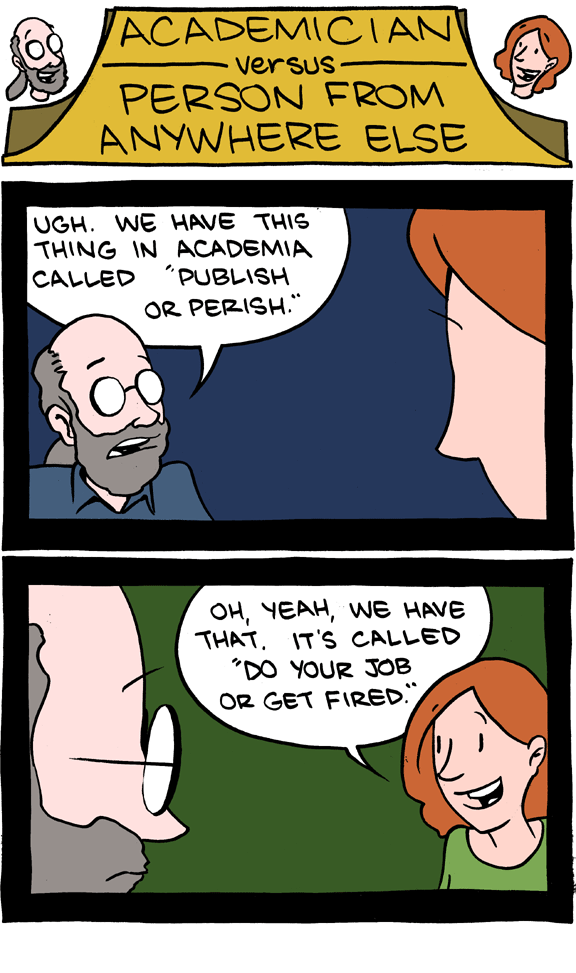 There is a disconnect between those who conduct scientific research and those who consume it. The public has a vision of science that involves crisp lab coats and expensive equipment, lone students toiling at the bench waiting for an eureka moment or field researchers swinging, Indiana Jones-style through the jungle, Science is, unfortunately, not that neat.
There is a disconnect between those who conduct scientific research and those who consume it. The public has a vision of science that involves crisp lab coats and expensive equipment, lone students toiling at the bench waiting for an eureka moment or field researchers swinging, Indiana Jones-style through the jungle, Science is, unfortunately, not that neat.

For better or worse, the currency of science is the publication. But science is a process, not a result, and beneath every scientific publication lies a story. These are stories of triumph, tragedy, struggles to overcome overwhelming opposition, moments of inspiration, or, more often, interesting insights into the work involved in conceiving, designing, and implementing an experiment. The paper at the end of this process is merely an epilogue.
In the course of reporting the new and noteworthy in marine science and conservation, Southern Fried Science will seek out the story beneath the story, focusing not only on the results, but the process that created those results. We want to hear from the lead authors, the graduate students, and the technicians that made those publications possible. We want to go beyond simply talking about the methods and learn how those methods were implemented, what it was like to work on those projects, what challenges needed to be overcome, and what fascinating bits of data didn’t make it into the final product. Science is messy, and projects rarely go according to plan. We want to know about those wrong turns, false starts, and final successes – precariously bound in duck tape.
The story behind the paper is important because it allows us to highlight how scientific discoveries come into being. It lets us see how, when we talk about things like climate change, we can trust those final observations. It shows us how seemingly disconnected publications are actually one, long, interconnected process. The story behind the paper lets you meet the people who put in the hours, did the benchwork, conceived the project. It allows us to see scientists as people, not just publications.